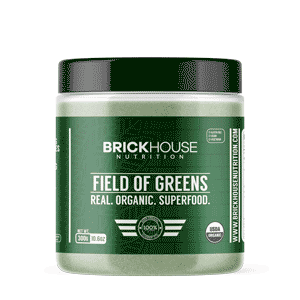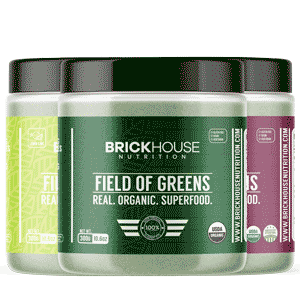Getting our vitamins and minerals from the foods we eat is easier said than done.
While it’s essential that we always remember to take a food-first approach, there are a few reasons we may not be able to get everything from food alone.
We’ll take a look at various fat-soluble and water-soluble vitamins needed to achieve optimal health. Plus, we’ll look at the foods you need to eat to make sure you are hitting the recommended daily value, and when it may be appropriate to choose a food-based supplement to bridge the gap and prevent any nutritional deficiencies.

